Hooke's Epistemology: Comparing Bacon's Utopia and Scientific Thought
VerifiedAdded on 2022/08/17
|5
|952
|16
Essay
AI Summary
This essay delves into Robert Hooke's epistemology, particularly as presented in his work Micrographia, and contrasts it with Francis Bacon's utopian ideals. The paper identifies elements of Bacon's vision evident in Hooke's work, focusing on the importance of empirical observation, the use of scientific instruments like the microscope, and the pursuit of knowledge about the natural world. It highlights how Hooke, as the 'curator of experiments' for the Royal Society, emphasized the role of sensory experience and detailed documentation in understanding nature, mirroring Bacon's advocacy for empirical study. The essay further explores the differences between Hooke's and Bacon's approaches, considering Hooke's detailed illustrations and focus on the beauty of nature, as well as the impact of the scientific revolution on the understanding of knowledge. The essay concludes by emphasizing the shared belief in the potential of scientific advancements to improve human understanding and establish a better relationship between humans and nature, as reflected in both Hooke's and Bacon's works.
1 out of 5
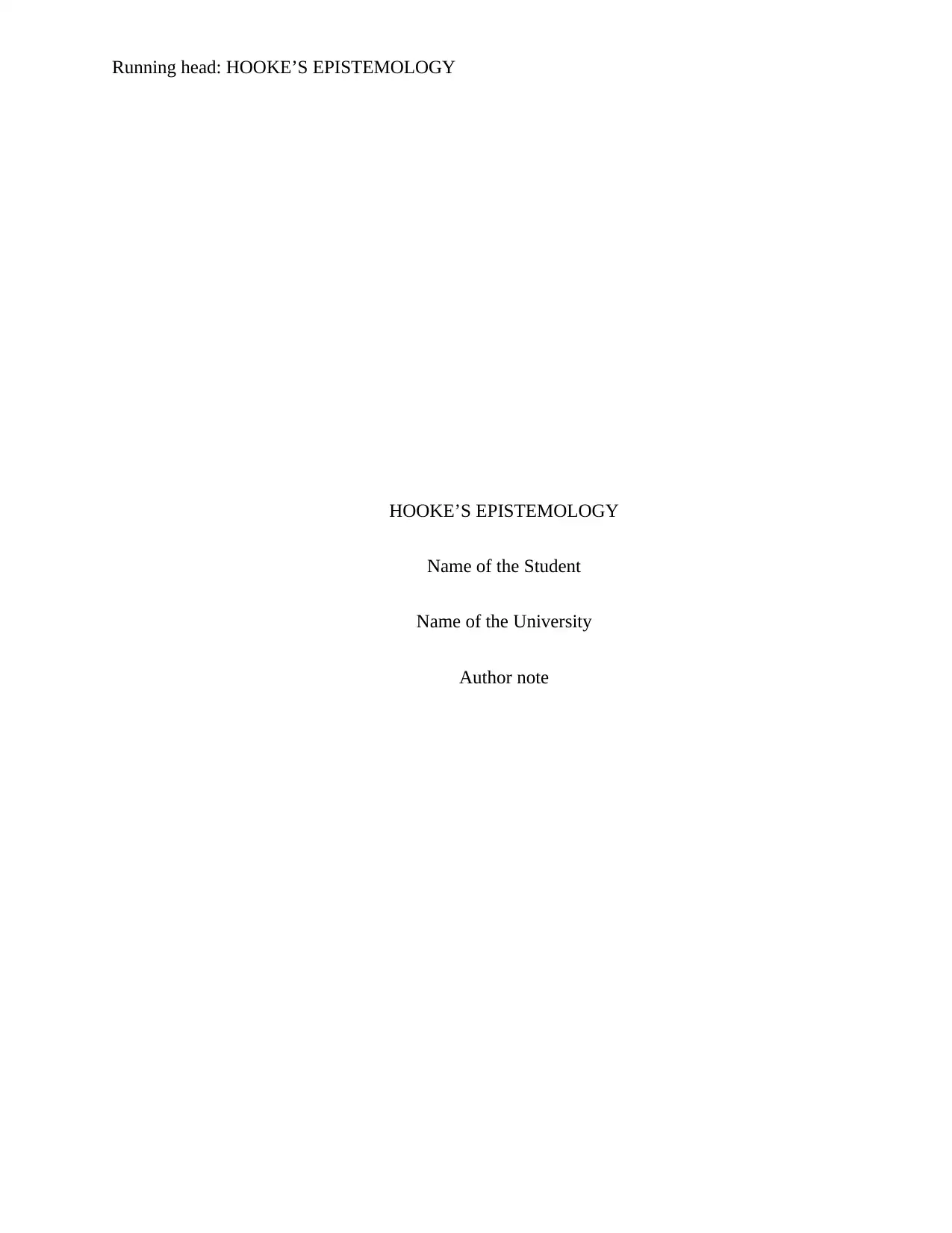
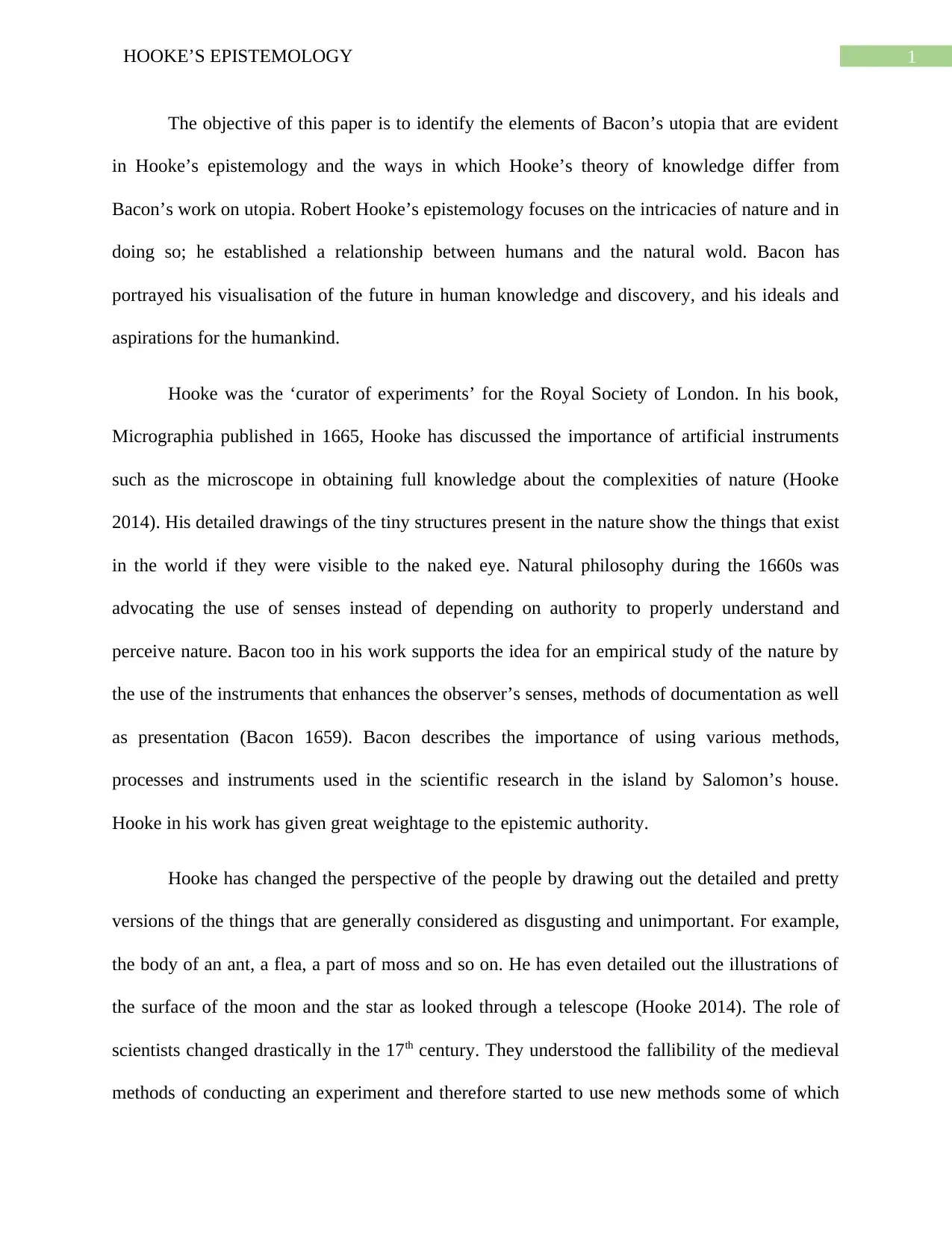
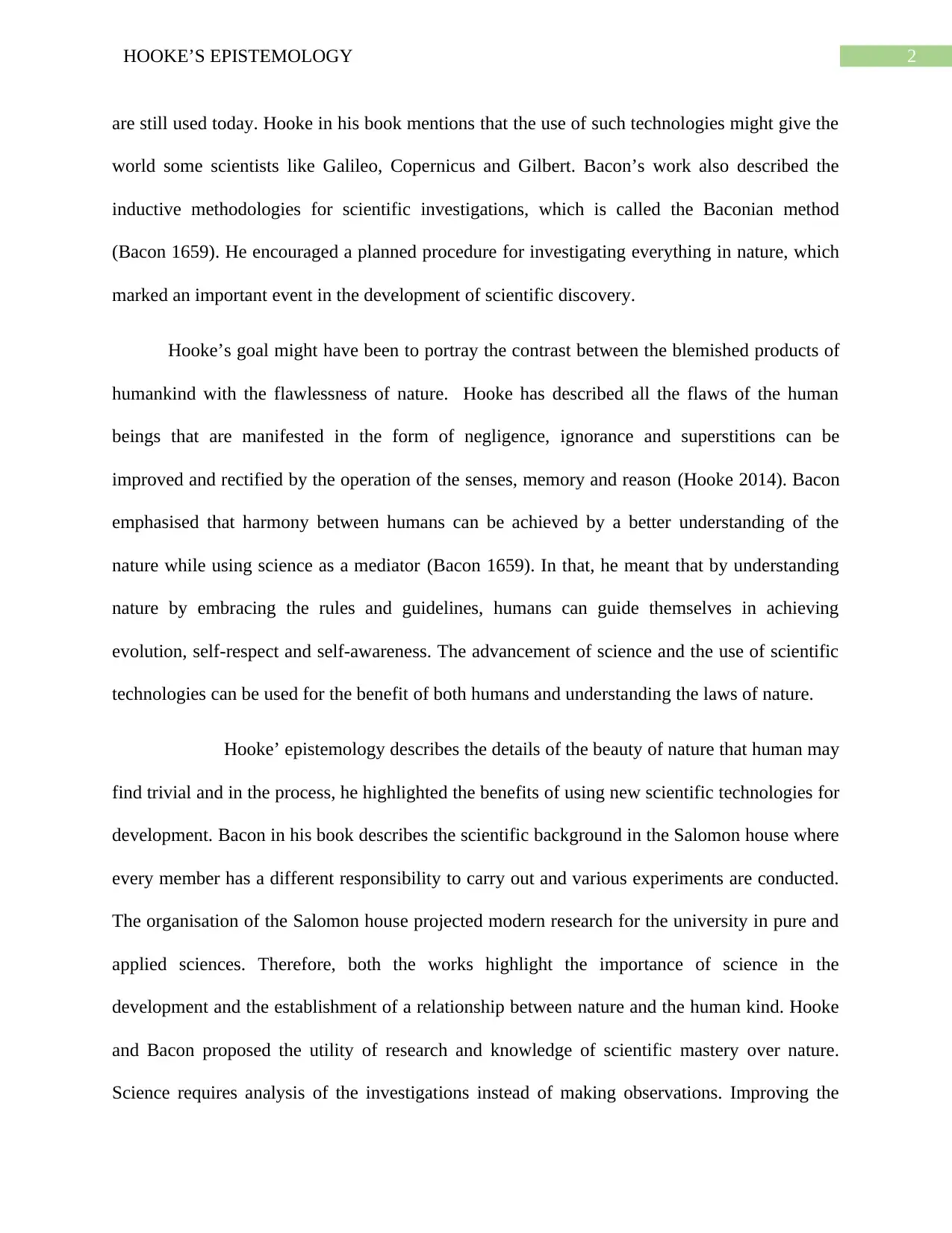

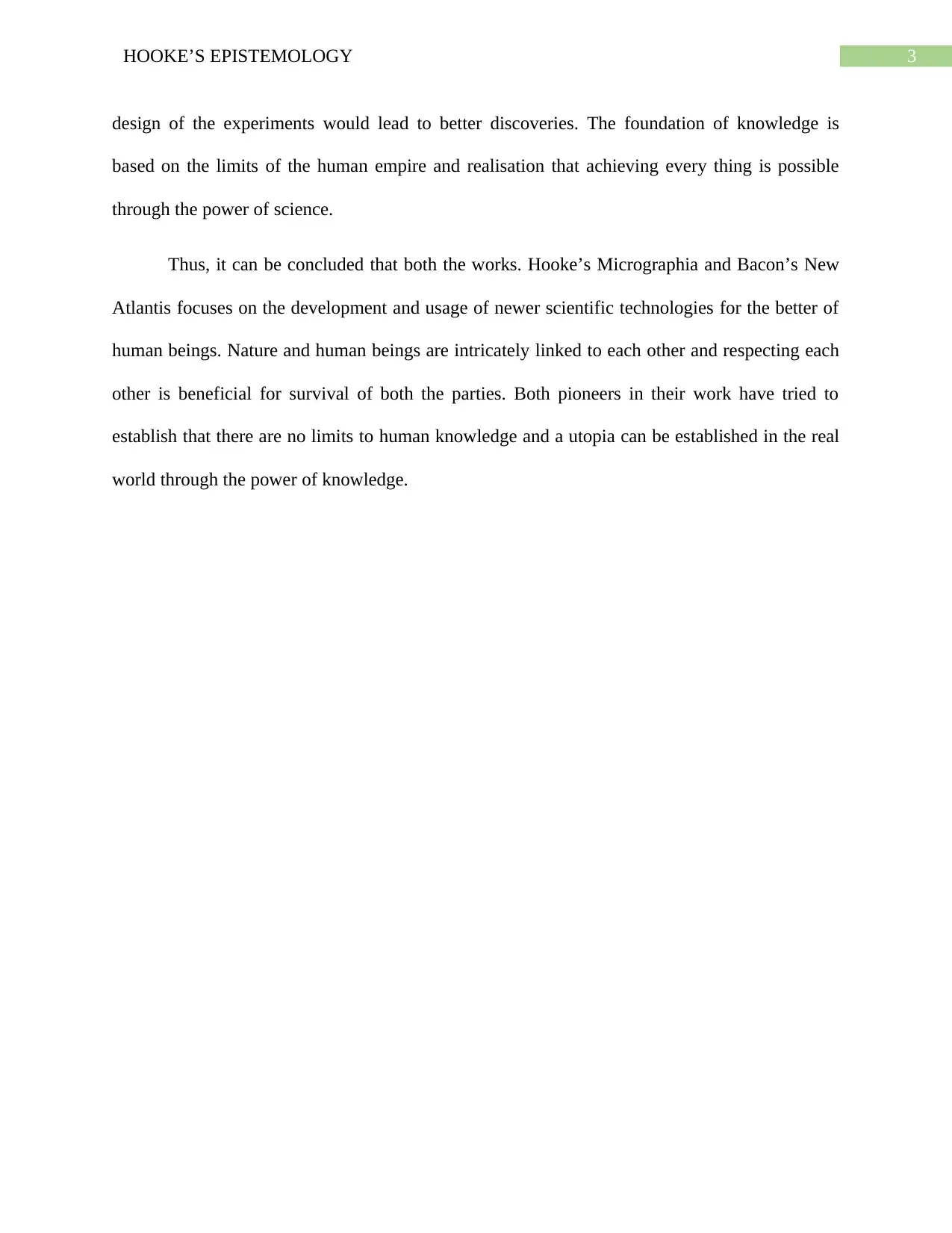
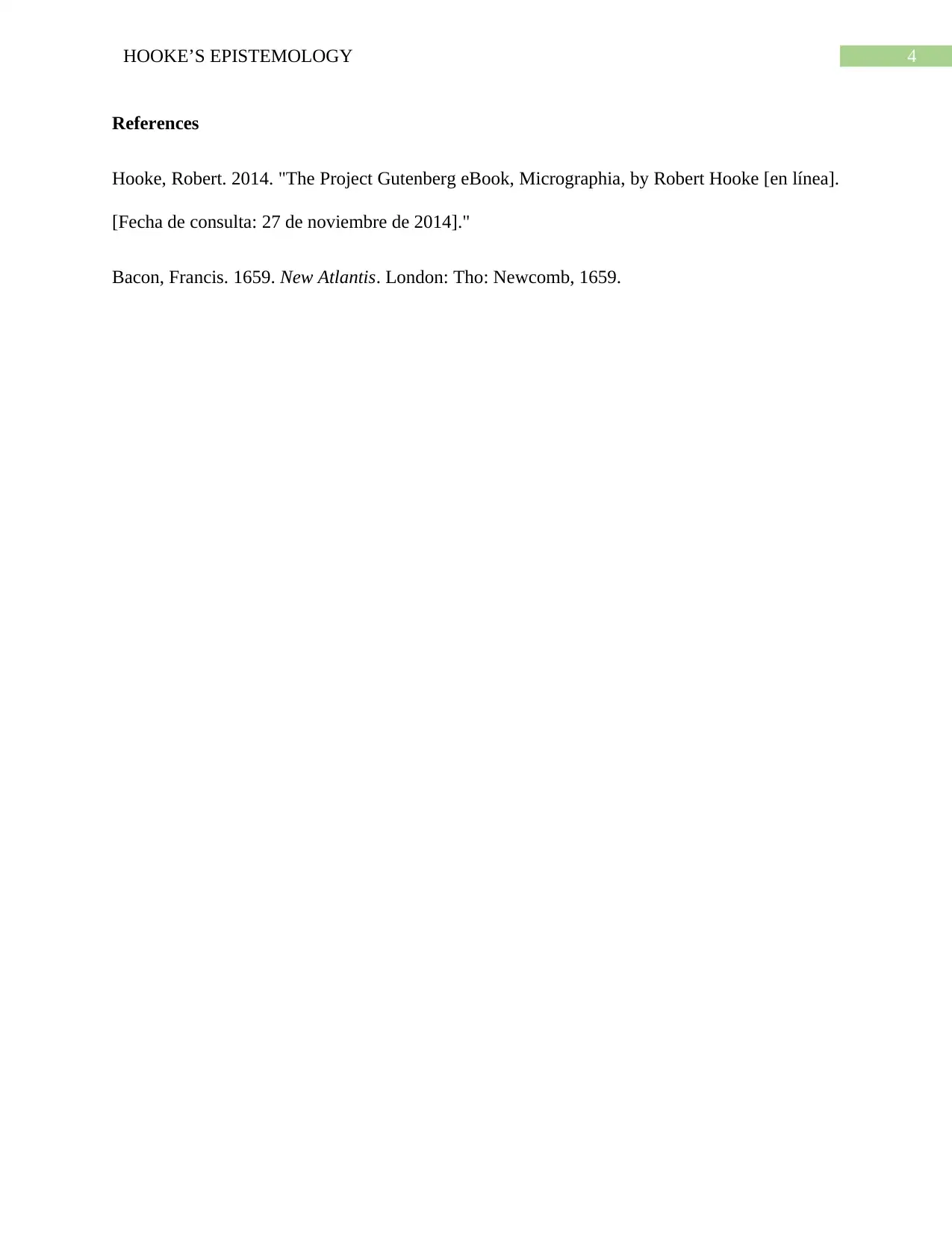




![[object Object]](/_next/static/media/star-bottom.7253800d.svg)